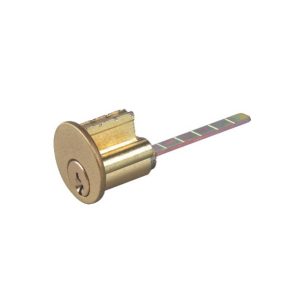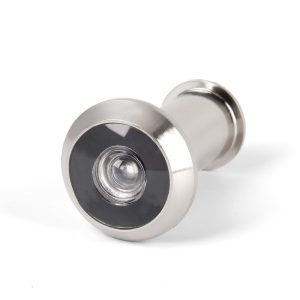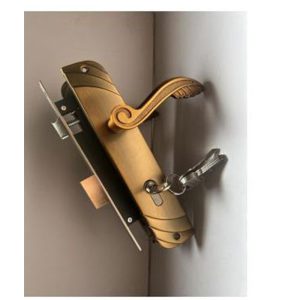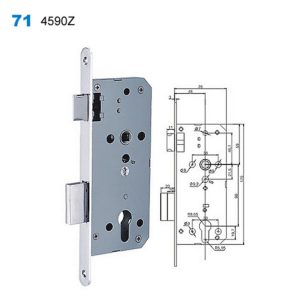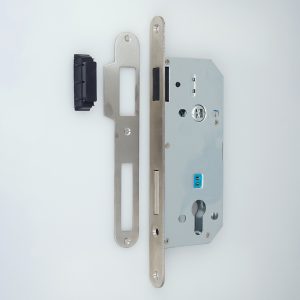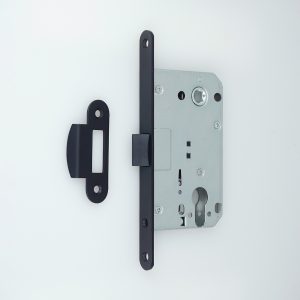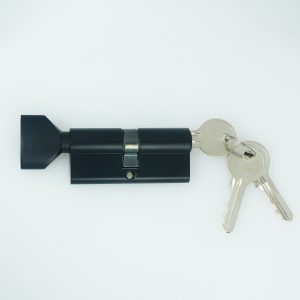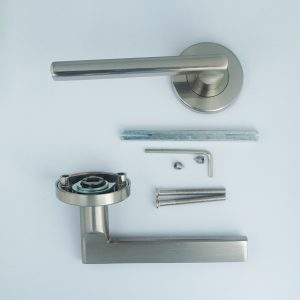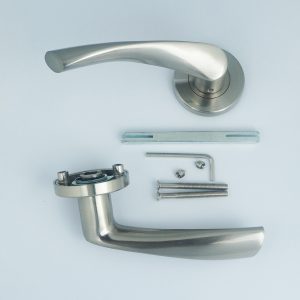Door locks are essential for home security and daily use. Understanding their classification and composition can help you choose the right product.
Classification of Door Locks
Classification by Traditional Methods
- Mechanical Door Locks: They are fully composed of handles, lock cylinders, and lock bodies. They are traditional and widely used.

- Electronic Locks: These locks use modern technology for unlocking, including IC card locks, fingerprint locks, keypad locks, Bluetooth locks, face recognition locks, and iris recognition locks.

Mechanical Door Locks by Application Area
- Indoor Wooden Door Locks
- Types: Ball locks (three-rod ball locks, cylinder ball locks) and handle locks. They are designed to match the style of indoor wooden doors.
- Iron Door Locks
- Types: Panel locks and rim locks (RIM LOCK). They are sturdy enough to be used on iron doors.
- Sliding Door Locks: Specifically designed for sliding doors to ensure they can be locked securely.
- Plastic Steel Door Locks: Suitable for plastic steel doors, with good compatibility.
European Standard for Door Locks
- Handle length: 120mm – 140mm
- Handle weight: (To be specified according to actual products)
- Circle outer diameter: 50mm – 55mm
- Circle height (H): 10mm (default)
Composition of Door Locks
A door lock is mainly composed of a handle, a lock cylinder, and a lock body. Here we focus on the handle, which is the part we touch most frequently.
Handle Types
- Split Handle (Rose Handle)
- Plate Handle (Plate Handle)
Handle Materials
- Aluminum (Alu)
- Zinc Alloy (Zinc)
- Stainless Steel (SS)
- 201 Stainless Steel: Contains 1-2 nickels.
- 304 Stainless Steel: Contains 8 nickels, with better corrosion resistance.
Handle Forms and Common Combinations
- Forms: Solid and hollow.
- Common Combinations: Iron panel with aluminum handle, all-zinc alloy handle.

